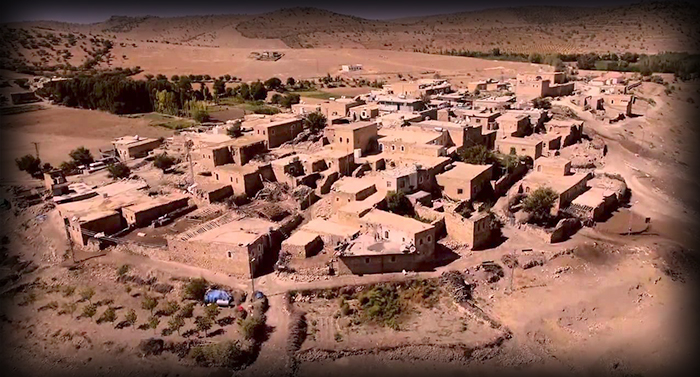Kurdshop: There are many historical places in all four parts of Kurdistan, and we can say, wherever Kurdistan is excavated, a civilization appears. Although the invaders of Kurdistan want to hide these historical facts and prevent them from coming to the surface of the earth according to the historical and scientific definition, "Mesopotamia is the cradle of all civilizations", and wherever Kurdistan is excavated, a civilization appears. Because of this, the invaders try to make these facts their own and say that they are their own civilization, but in every way, the civilization that exists in Kurdistan is incompatible with their authenticity and they cannot avoid this fact. One of these civilizations is Tel Khalaf Hill in the western part of Kurdistan.
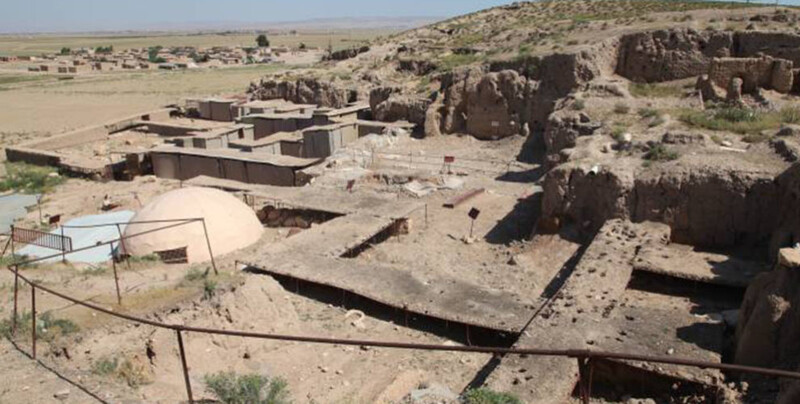
Tel Khalaf Hill is an important historical hill in the West part of Kurdistan. Tel Khalaf Hill dates back to 5400-6000 BC. In other words, the foundation of this culture was established about 8000 years ago. The culture of Tel Khalaf is a culture of women and worship of God and we can say that it is entirely a Kurdish culture.
That is when it is said "tal" or "til", the word is used to mean "hill". However, because Kurdistan is under the rule of the invaders, the invaders name Kurdish monuments as they wish, identify them as their own, change their names, and name them as they wish, but we should know the facts of our country and history; one of these facts is the history of Tel Khalaf Hill. This hill is not only a monument, but the most important fact about this hill is that it dates back to 8000 years ago. It has also been defined by historians as a culture; The culture of Tel Khalaf is not limited to this area, but has had a great influence and has spread throughout the region and its surroundings. The branches of this culture have reached the Mediterranean and the Balkans in Europe.
On the other hand, it had a great influence on other Middle Eastern cultures at the time. In terms of materials making, one could say it made another revolution in the "Neolithic" revolution. One of them is both the making of the vessels and the technique of making the materials used to make the vessels.
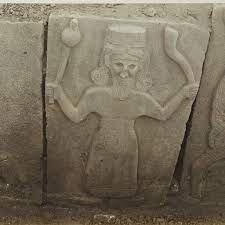
The leader of this culture is a woman because statues of goddesses have been found at many cultural sites in Tel Khalaf.
This hill is located about 2 kilometers west of the city of Srekani in West Kurdistan and is next to the Khabur River. It was excavated in 1907-1913 by the German archaeologist, Max Freiherr von Oppenheim.
Tel Khalaf has shown many sacred human values throughout history and has a rich culture. This richness is the reason why it has been attacked so much for the last 8000 years. These attacks have been sometimes physical and sometimes cultural. Since it became a rich culture, many of its neighbors at the time wanted to join it or gain the richness of this culture. The culture of Tel Khalaf is a culture of woman, divinity, and motherhood and is a completely Kurdish culture.
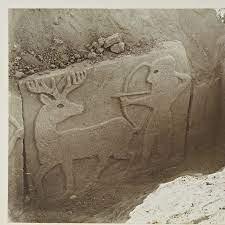
On the other hand, the dishes, pots, and pans made there at that time were professionally painted and decorated with the shapes of many different birds. The people of that time probably obtained the dyes on the pots and vessels they used from the same center and used them in many different places and regions. That is, these paints, which are used in many different areas, are similar. Once again, these vessels were burned and spread relatively widely. One can also comment on the technique of making these vessels because this culture has gone from the north to the Sarhad region, from the south to central Mesopotamia, from the east to Iraq, and from the west to the White Sea. As Tel Khalaf culture spread to many places, the richness of this culture became known in the region. Seals were first used in this culture. They used circles in their architecture. When one looks at the architecture of Tel Khalaf, one sees a circle.
For the first time on this land, circular spaces have been built with bricks for construction. These circular buildings are close to the houses of Harran of that time. These buildings are called "tholos" and the word "tholos" is a Greek word meaning circle.

They later built a series of thin and long structures along with these buildings. Although these buildings were initially defined and interpreted by archaeologists as temples, it later turned out that these houses were not temples, but the houses of the indigenous people of Tel Khalaf.
The obsidian stone trade was part of the lives of the people of Tel Khalaf. However, these stones have also been found in the Sarhad area in Badlis. They are also trademarks that brought the stone to the area through trade at the time.
To obtain these stones, the people of Tel Khalaf traded. The people of Tel Khalaf traded obsidian stones for dizè or cup, spreading both their culture and trading.
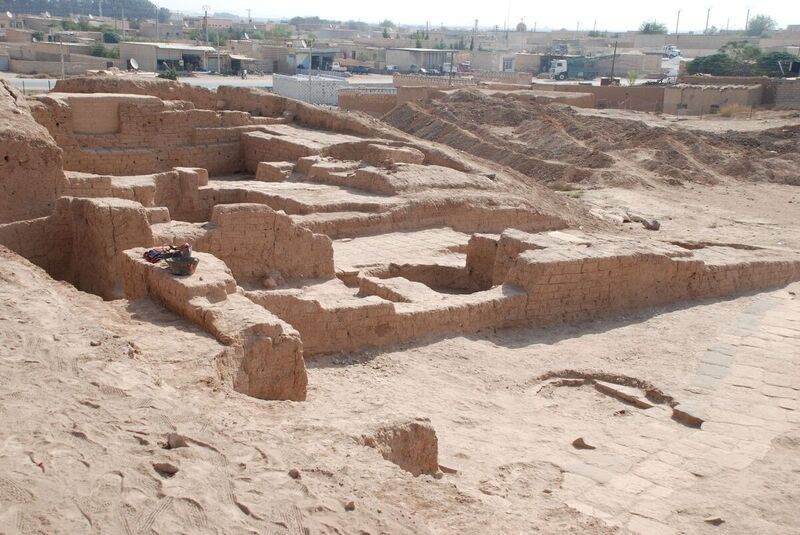
Numerous statues of gods have been found on this hill, indicating that there was a rich culture of godliness in this region. We can argue that this rich divine culture in Upper Mesopotamia and Middle Mesopotamia was influential.
Natural Age and Neolithic societies symbolized their socialization with justice. That’s why they believed more in what they drew or sculpted. The culture of Tel Khalaf can be defined as a culture of godliness.

